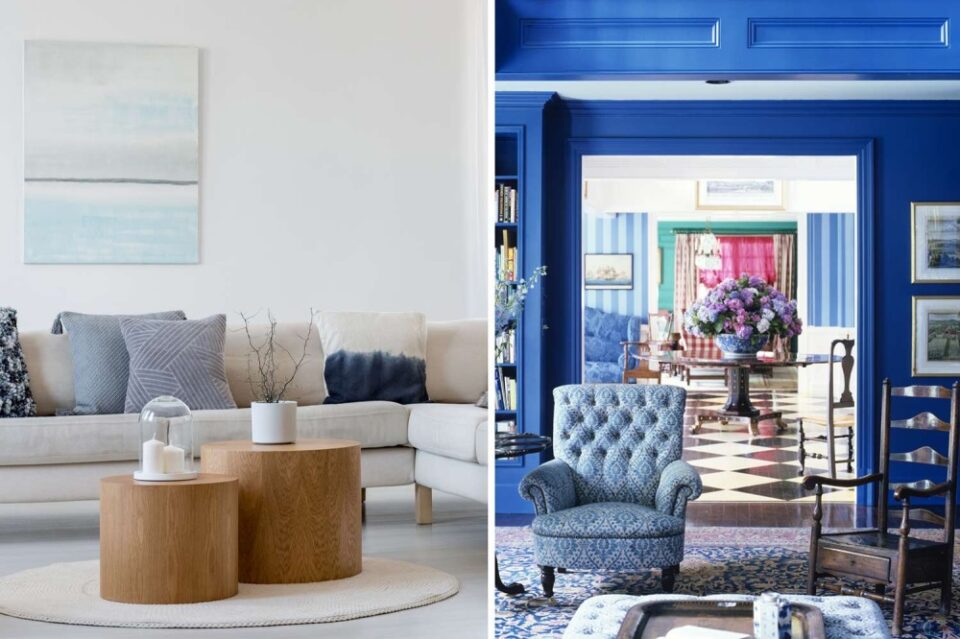Interior design is a creative field that allows individuals to express their personal style and taste through the arrangement of furniture, accessories, and color schemes in a given space. Two contrasting design styles that have gained popularity in recent years are minimalism and maximalism. While these styles may seem completely opposite, they can be successfully combined to create a unique and visually appealing interior design.
Understanding Minimalism

Minimalism is a design philosophy that focuses on simplicity, clean lines, and a clutter-free environment. Minimalist interiors typically feature neutral color palettes, minimal furniture, and a focus on functionality. The goal is to create a calming and serene space that promotes a sense of tranquility and order.
Exploring Maximalism
On the other hand, maximalism embraces boldness, vibrancy, and the idea that more is more. Maximalist interiors are characterized by an eclectic mix of patterns, colors, and textures. These spaces often feature statement pieces, such as oversized artwork or unique furniture, and are filled with decorative accents and accessories.
The Art of Mixing Minimalism and Maximalism
Combining minimalism and maximalism may seem like a design challenge, but when done right, it can result in a visually stunning and balanced space. Here are some tips to successfully mix these two design styles:
- Start with a neutral base: Begin by creating a minimalist foundation with neutral walls, floors, and furniture. This will provide a clean canvas for the maximalist elements to shine.
- Add pops of color: Incorporate vibrant hues through accessories, such as pillows, rugs, or artwork. This will inject energy and personality into the space.
- Mix patterns and textures: Experiment with different patterns and textures to create visual interest. Combine geometric prints with floral motifs or mix smooth surfaces with rough textures.
- Layer decorative elements: Maximalism thrives on layers. Add decorative accents, such as mirrors, plants, or decorative trays, to create depth and visual appeal.
- Balance scale and proportion: Ensure that the furniture and accessories are appropriately scaled in relation to the space. Avoid overcrowding by strategically placing larger pieces and creating focal points.
Examples of Minimalism and Maximalism Integration
One way to combine these styles is by incorporating minimalist furniture pieces in a maximalist setting. For example, a sleek and simple sofa can be paired with bold and patterned throw pillows or a vibrant area rug.
Another way to achieve this design fusion is by using minimalism as a backdrop and adding maximalist elements through artwork and accessories. Hang a large and eye-catching painting on a neutral wall, or display a collection of colorful ceramics on a minimalist shelf.
Remember, the key to successfully mixing minimalism and maximalism is balance. Avoid overwhelming the space with too many conflicting elements and make sure there is a cohesive flow throughout the room.
The combination of minimalism and maximalism in interior design allows for a unique and dynamic space. By embracing the simplicity of minimalism and the boldness of maximalism, individuals can create a visually striking and personalized environment that reflects their individuality and style.

